Omni-Channel Customer Service vs Multi-Channel Customer Support
In the world of customer support, many brands and businesses, such as e-commerce and even traditional or offline retail stores, offer multiple communication channels through which customers can communicate with them.
These channels can include voice, text, email, real-time chat via the website or mobile application, a chatbot, and social media such as Twitter, Facebook, and Facebook Messenger, among many other tools & devices. The advantage of offering more than one access point is that consumers and end-users can communicate through their preferred platform, even if they are miles away. It can be omnichannel or multi-channel support - two similar but very different approaches.
What is Multi-Channel Customer Support?
Multi-Channel Support is an approach where customer service is available through more than two different channels. Every company that offers multi-channel support uses multiple points of contact with the customer to ensure a seamless experience.
This approach allows companies to communicate with customers through the customer’s preferred communication channels.
What is Omni-Channel Customer Support?
Just like Multi-Channel Customer Support, Omni-Channel Customer Support also provides multiple interaction channels for the customer, with one key difference. The customer interaction data for all channels and touchpoints is stored on a single platform with a dashboard view. This facilitates quick access to data for agents resulting in efficient service delivery. Having data reduces the need for customers to repeat queries and results in a shorter resolution time.
Omni-Channel Customer Support vs Multi-Channel Support
Here are three main differences to consider when distinguishing between the two approaches.
1. Channel-Based vs. Customer-Driven
The Multi-Channel strategy is designed to enable customers to reach your brand through the maximum number of channels. It focuses on using channels to increase engagement - the more engagement, the better. On the other hand, the Omni-Channel approach is customer-centric. This means that it is focused on developing strong customer relationships through a holistic approach that connects channels for a cohesive and personalized experience.
2. Custom Experience
A Multi-Channel approach focuses on sharing a common brand message with customers across multiple channels. The goal is for the customer to fulfill the call to action & ensure uniformity of communication. The Omni-Channel approach does the same but also develops a customer journey by using data to provide a customized experience for customers. The goal here is to provide a unified engagement and effortless customer experience.
3. Consistency
Multi-Channel strategies approach different channels as a similar platform. This means there is no deviation in the brand message by repeating the same content across different channels, often creating a frustrating experience across channels and internal departments. Furthermore, the lack of the ability to switch between platforms can lead customers to switch to brands that offer a comprehensive omnichannel experience.
Bottom line
The debate between which is better - omnichannel vs. multichannel approach is fruitful. Companies should offer services wherever their customers prefer them and through channels that stand out in the market. However, it is recommended that they use the combination of channels in sync.

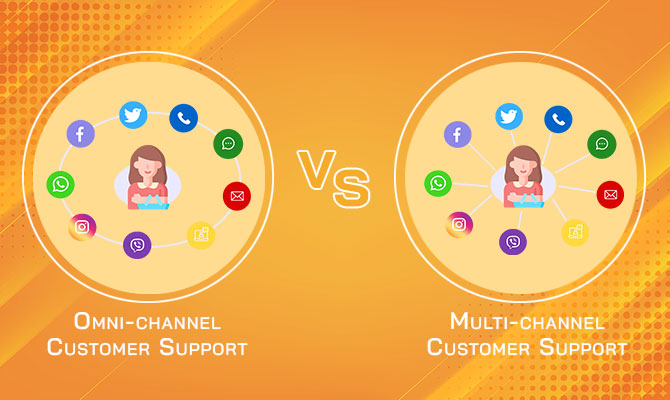
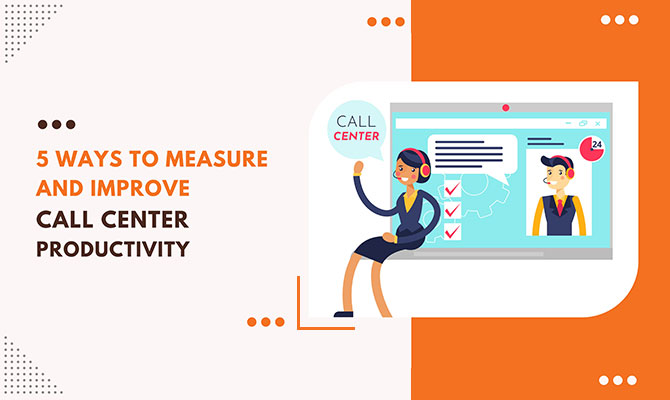
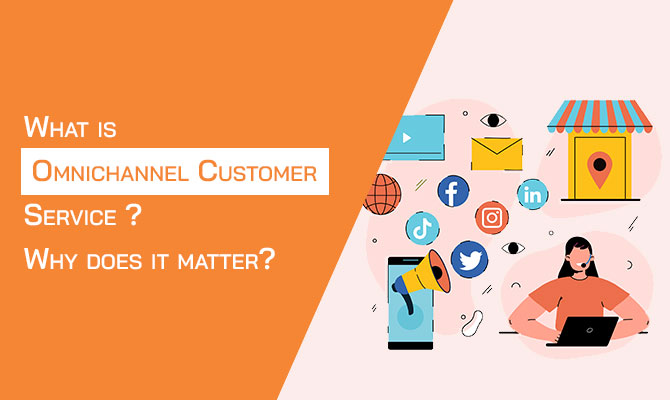
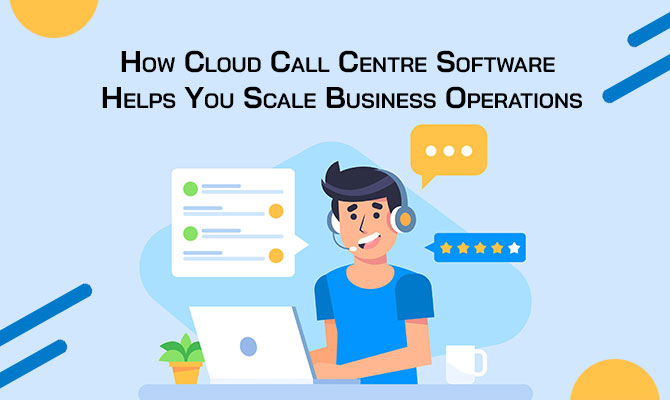
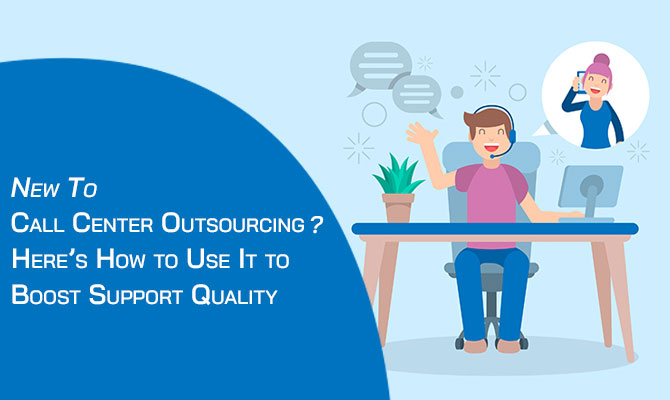
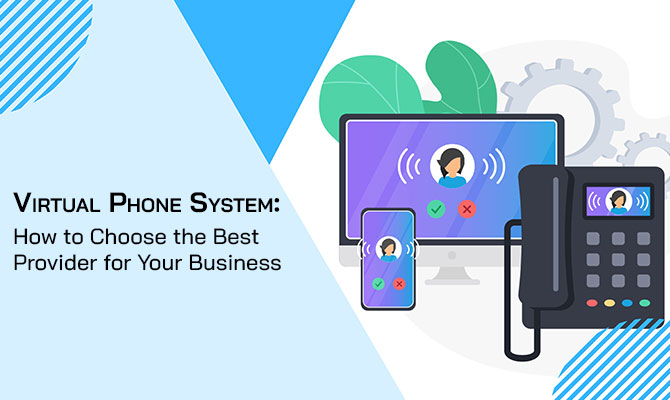




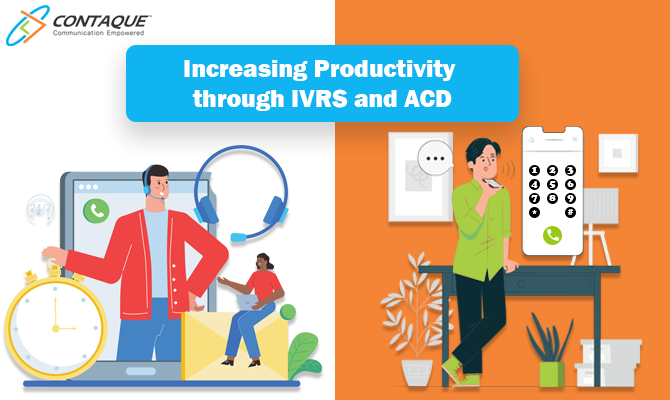

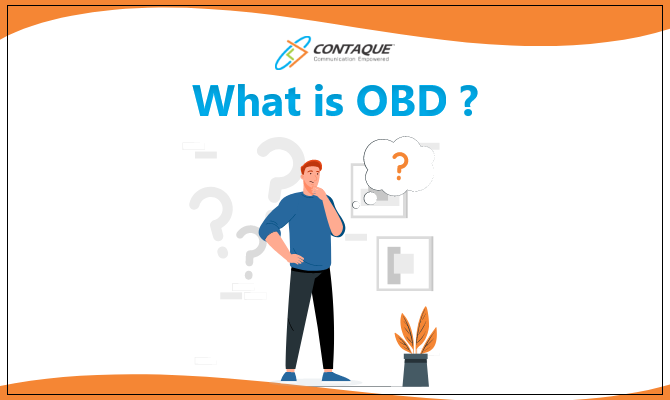
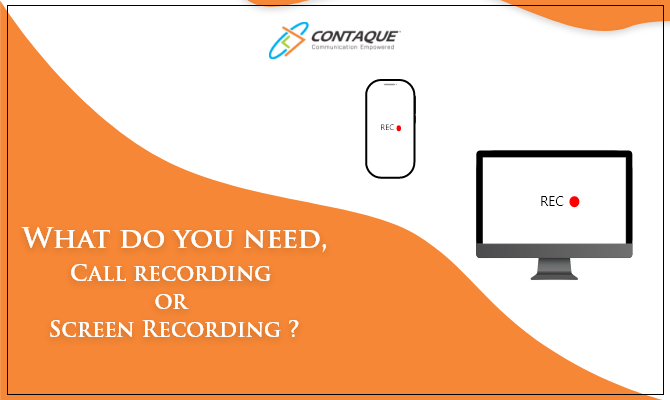

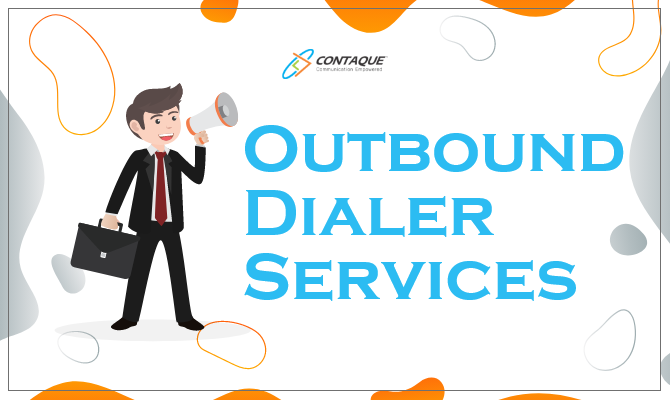
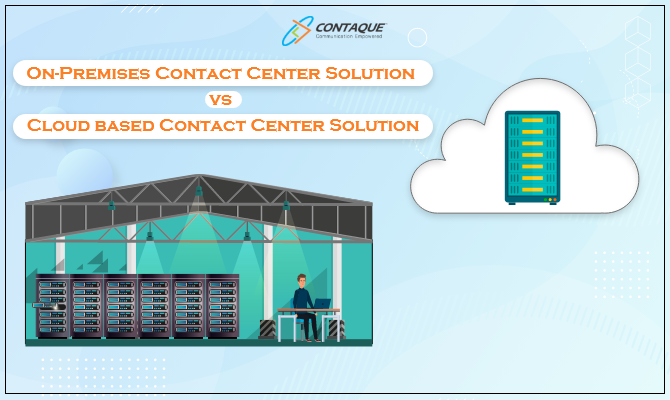



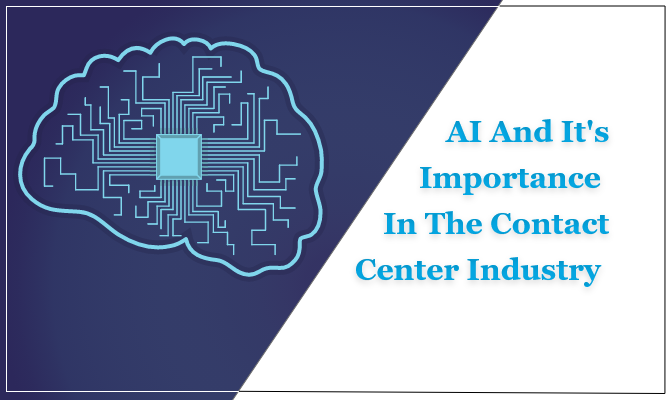
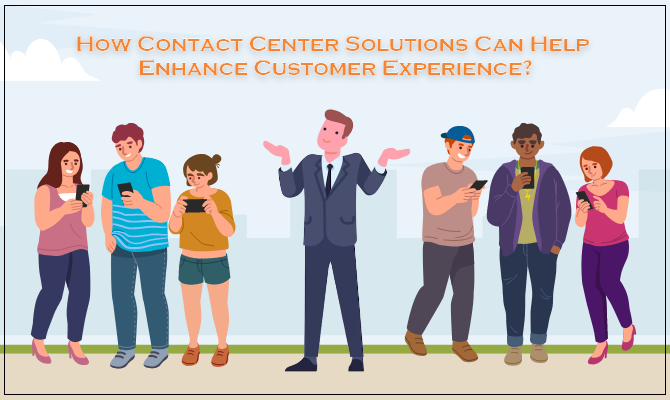
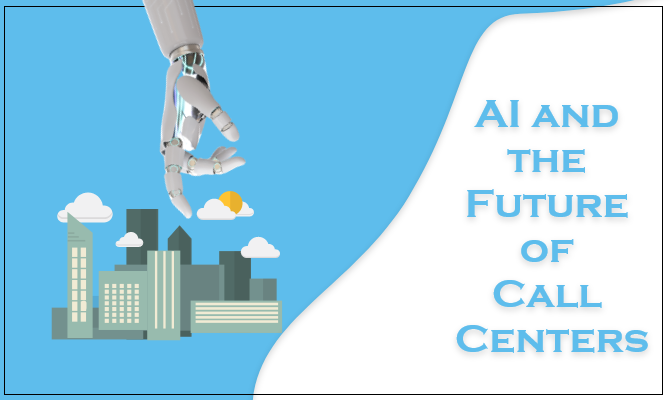


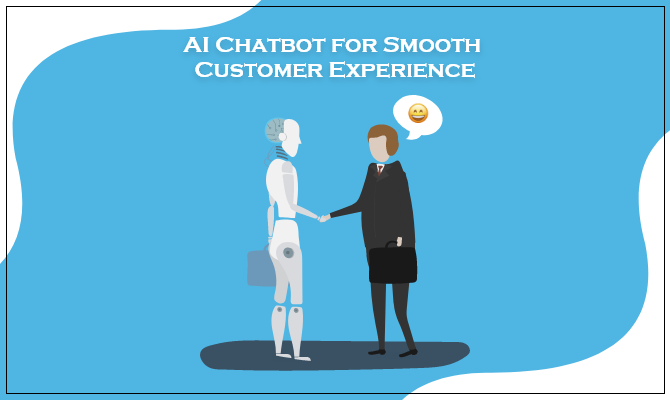



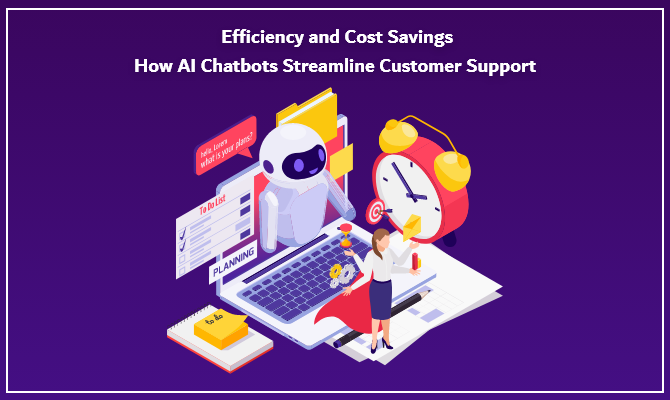
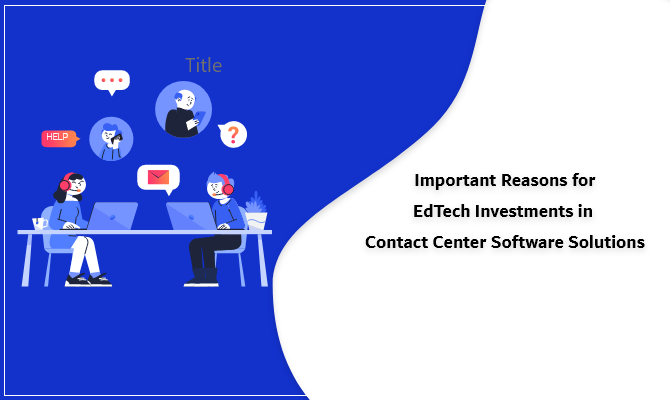
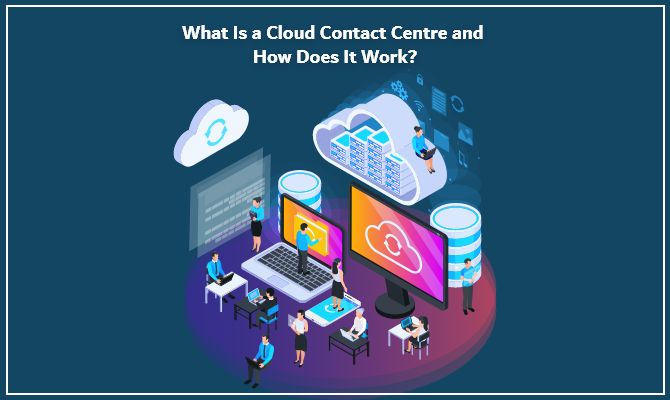

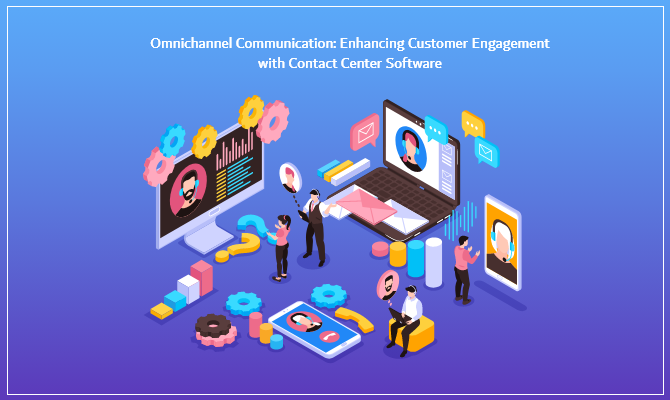



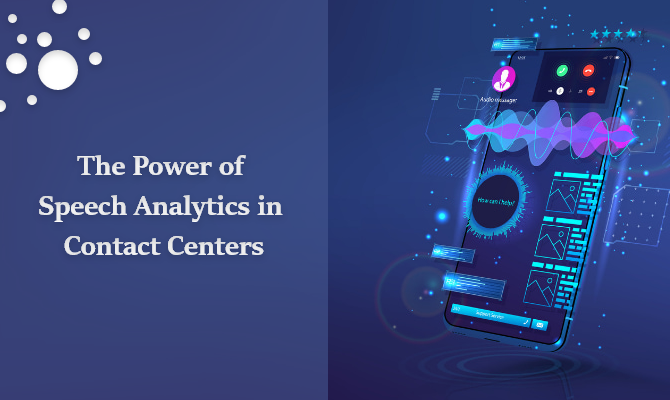


All Comments